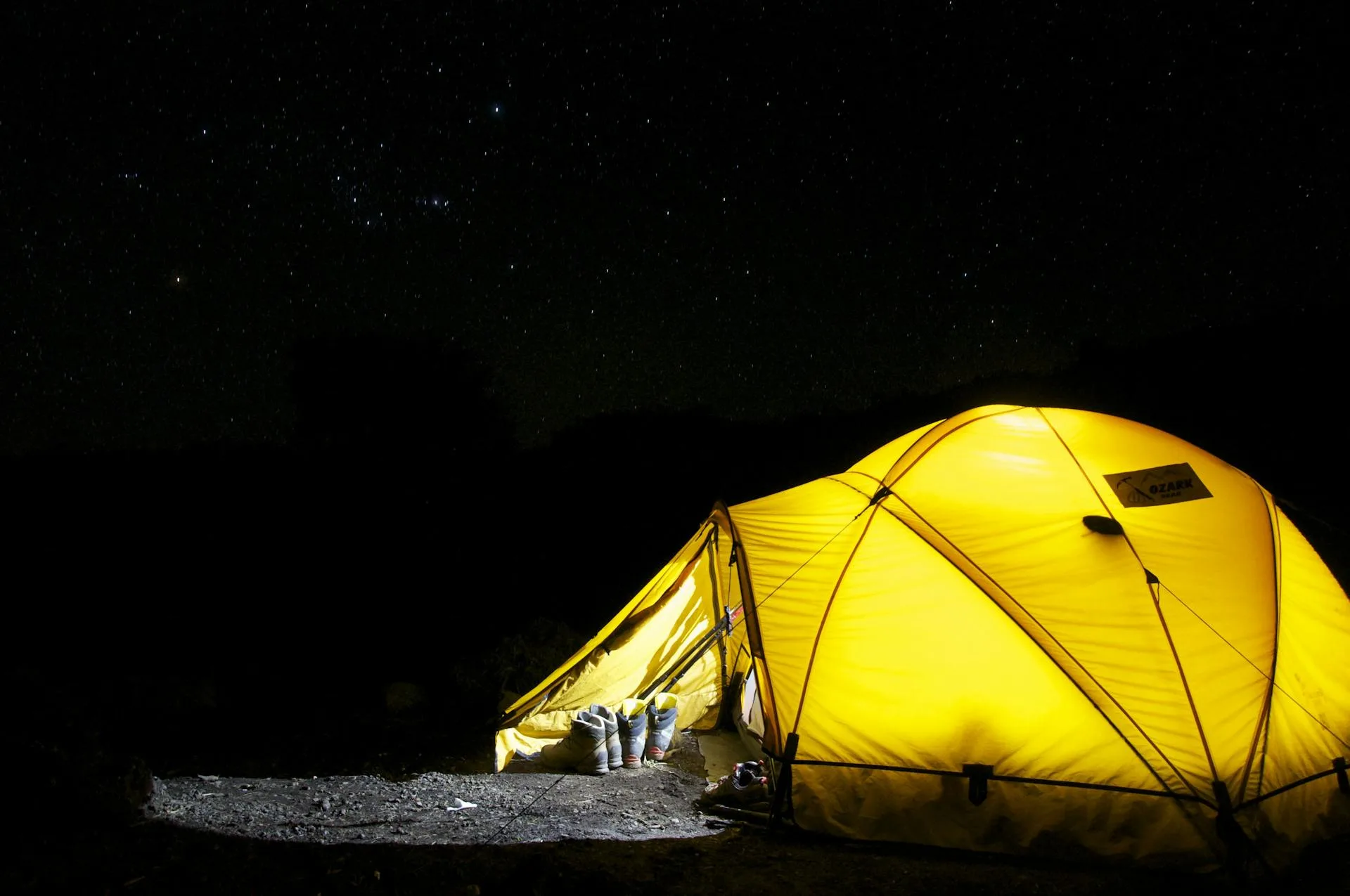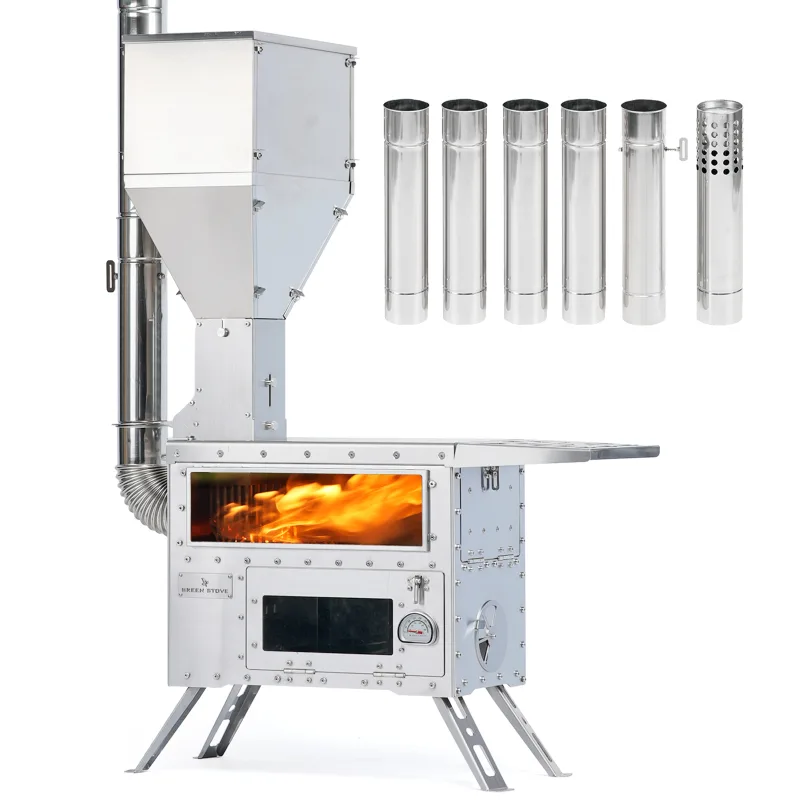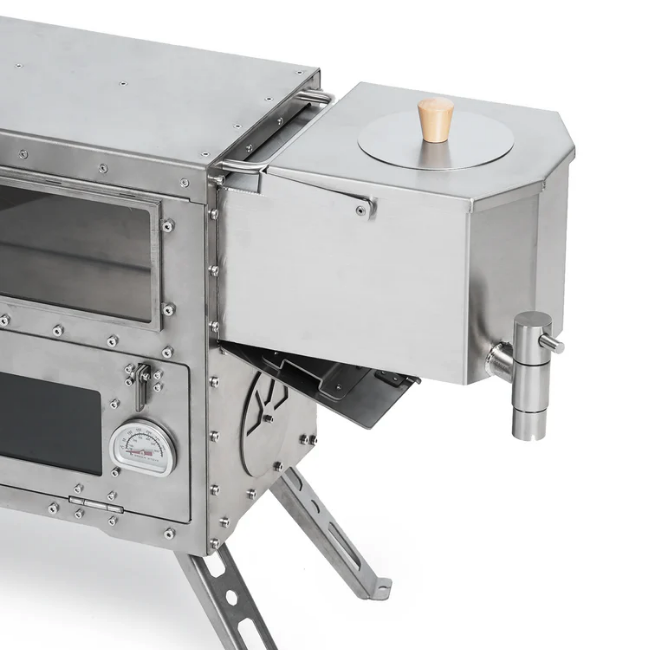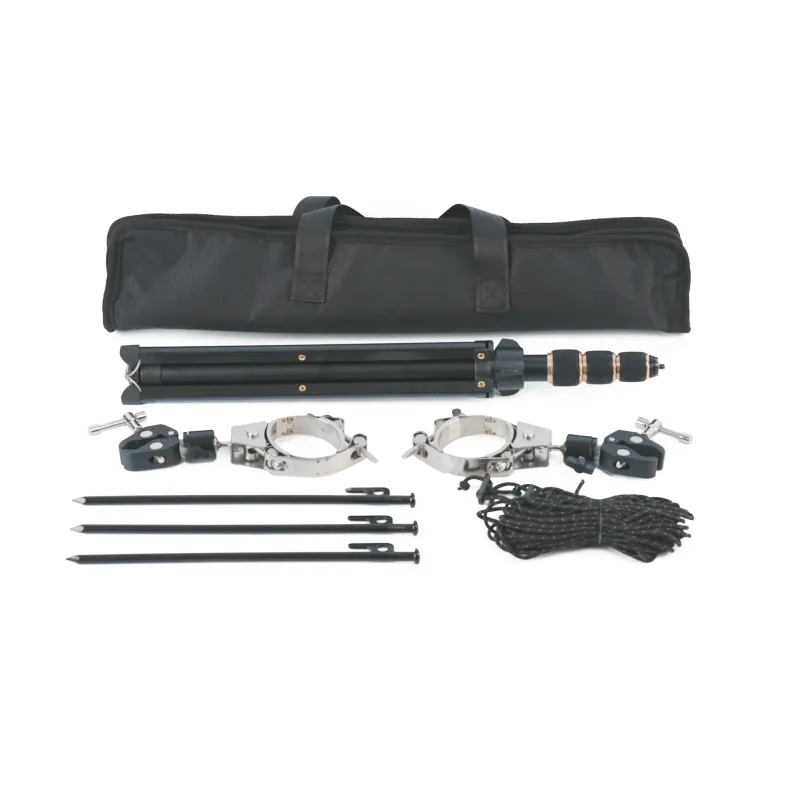The allure of a warm, glowing Tent Stove on a crisp evening is undeniable. Whether it’s a classic Wood Stove crackling merrily or a modern Pellet Stove humming efficiently, these Portable stove units transform a chilly tent into a cozy haven. They’re a cornerstone of winter camping stove strategies and a welcome comfort with any cold weather stove. But beneath this inviting warmth lurks a silent, invisible threat that every camper must understand and respect: Carbon Monoxide (CO).
Discussions on forums like Reddit and Quora are filled with questions about safe tent stove setup, and for good reason. While the focus is often on Fire safety, the risk of CO poisoning is equally, if not more, insidious. This isn’t about fear-mongering; it’s about equipping you with the knowledge to enjoy your Camping stove safely.
What Exactly IS Carbon Monoxide? The Silent Killer Explained
Carbon Monoxide is a colorless, odorless, tasteless gas produced during the incomplete burning of carbon-based fuels. This includes wood (for your Wood burning stove or Camping wood burner), pellets (for your Pellet burning stove), propane, gasoline, and charcoal. When you use any Outdoor stove that burns fuel, CO is a potential byproduct. It earns its grim nickname because you can’t detect it with your senses, and it can incapacitate and kill before you even realize you’re in danger.
How Do Tent Stoves Produce Carbon Monoxide?
Any combustion process, whether in a sophisticated hori 5 pellet stove or a simple Portable wood stove, can produce CO. Here’s why:
- Incomplete Combustion: If there isn’t enough oxygen for the fuel to burn completely, CO is generated in higher amounts. This can happen if your Ventilation for stoves is poor, the flue is blocked, or the stove is damped down too much.
- Fuel Type & Condition: Wet or unseasoned wood in a Tent wood stove tends to smolder and produce more CO. Even efficient Pellet stove units, including Gravity-fed pellet stove models, will produce CO if not operating correctly or if the ventilation is compromised.
- Stove Malfunction or Improper Setup: A poorly maintained stove, a leaking chimney pipe, or an incorrect Safe tent stove setup can allow CO to escape into your tent.
Even the best wood stove for camping or the best pellet stove for camping is not immune to producing CO if conditions aren’t right. This applies to affordable camping stoves and high-end models alike.
The Grave Danger: CO in an Enclosed Tent
A tent, especially an Insulated tents model designed to retain heat, is an enclosed space. If CO is produced and not properly vented outside through the Stove for tents with chimneys, it will rapidly accumulate to dangerous levels. Unlike a house, a tent has a much smaller air volume, meaning toxic concentrations can be reached far more quickly. This is why Carbon monoxide safety is paramount.
Choosing and Setting Up Your Tent Stove for CO Prevention
Proactive choices in selection and meticulous setup are your first lines of defense against CO.
Choosing Your Tent Stove:
- Reputable Brands and Quality Construction: Opt for stoves from established manufacturers known for quality. Look for robust builds using heat-resistant materials, secure door latches, and well-fitted components to minimize potential leak points.
- Efficient Design for Complete Combustion: Stoves designed for good airflow and complete combustion are preferable. This can include well-engineered fireboxes and air intake controls. Many Green stove models prioritize this efficiency, aiming for cleaner burns which inherently can reduce CO production. When looking at Green stove reviews or making a Green stove vs other brands comparison, look for mentions of burn efficiency and design features that support it.
- Properly Designed Chimney System: Ensure the stove comes with, or is compatible with, a chimney system that allows for secure, airtight connections between sections and an adequate overall height.
- Read User Reviews with Safety in Mind: Pay attention to other campers’ experiences regarding ease of achieving a good draft, smoke leakage (which could indicate CO leakage), and overall safety impressions.
Setting Up Your Tent Stove:
- Stable, Level, and Fireproof Base: Place your stove on a solid, level surface that is fire-resistant. This prevents tipping, which could dislodge the chimney or spill embers.
- Meticulous Chimney Assembly:
- Ensure every chimney section is firmly and securely connected. Any gaps are potential CO escape routes.
- The chimney must extend sufficiently above the tent’s peak (follow manufacturer guidelines) to ensure a strong, consistent updraft. This pulls smoke and CO out.
- Use a spark arrestor; this can also help maintain draft and is a key Fire safety feature.
- The Critical Role of the Fireproof Stove Jack:
- Your tent must have a Fireproof stove jack made from appropriate heat-resistant materials.
- Ensure the stove jack is correctly installed and creates a snug seal around the chimney pipe. This is vital to prevent CO from seeping back into the tent from the exit point.
- Mastering Ventilation – A Two-Part System:
- Exhaust (Chimney Draft): As mentioned, a clear, tall, well-assembled chimney is essential for CO to be drawn out.
- Fresh Air Intake (Oxygen for the Fire): This is equally crucial. A stove needs oxygen for complete combustion. Without enough fresh air, it will burn inefficiently and produce more CO. Provide a dedicated fresh air inlet, such as cracking open a window or door flap (ideally on the windward side and away from the chimney exit) to supply oxygen to the fire. Insulated tents can be quite airtight, making this step even more critical.
- Controlled Burns – Avoid Smoldering:
- Use dry, seasoned hardwood for a Wood burning stove. Wet or green wood smolders and produces excessive smoke and CO.
- For a Pellet burning stove, use the correct type and quality of pellets.
- Avoid damping the stove down so much that the fire smolders. A lazy, smoky fire is a CO factory. Aim for a bright, active flame.
- Initial Test Burn (If Possible): Before relying on it inside, conduct a brief test burn outside or in a very well-ventilated space to check for any obvious leaks from seams or joints.
Your Non-Negotiable Safety Checklist: Ongoing CO Prevention
Beyond initial setup, these practices are vital:
- ALWAYS Use a Battery-Operated Carbon Monoxide Detector: This is your most important safety net.
- Placement: Position it according to the manufacturer’s instructions – usually near sleeping areas, but not so close to the stove that initial lighting might trigger false alarms.
- Testing: Test it before every trip and change batteries regularly.
- No Excuses: Do not use a Tent stove without a functional CO detector.
- Regular Inspection & Maintenance:
- Before each trip, inspect your stove (e.g., Portable wood stove for winter camping, Lightweight wood burning stove for hiking) and chimney for cracks, warping, or damage. Ensure all seals are intact.
- Clean the chimney pipe regularly to remove soot and creosote, which can impede draft and become a fire hazard.
- Never Leave a Stove Burning Unattended, Especially Overnight (Unless Specifically Designed For It & With All Safety Measures in Place): While some Tent pellet stove models, like certain Gravity-fed pellet stove for outdoor use, are engineered for longer burn times, your CO detector remains your vigilant guardian. For most Tent wood stove units, leaving them burning while asleep significantly increases risk.
- Understand Your Stove: Know the specific operating characteristics of your chosen Camping stove, whether it’s a hori 5 pellet stove, an Eco-friendly wood stove for camping, or an Affordable pellet stove for camping tents.
Recognizing the Symptoms of CO Poisoning
Early symptoms of CO poisoning are often flu-like:
- Mild Symptoms: Headache, dizziness, nausea, fatigue, shortness of breath with mild exertion.
- Moderate Symptoms: Severe headache, confusion, impaired judgment, vomiting, drowsiness, rapid heartbeat.
- Severe Symptoms: Unconsciousness, convulsions, cardiorespiratory failure, brain damage, death.
If you or anyone in your tent experiences these symptoms, assume CO poisoning and act immediately.
What To Do If You Suspect CO Poisoning:
- GET OUTSIDE IMMEDIATELY: Evacuate everyone from the tent into fresh air.
- Turn Off the Stove (If Safe To Do So Quickly): Your priority is getting out.
- Seek Medical Attention: Call emergency services or get to a medical facility.
- Do Not Re-enter the Tent: Wait until it has been thoroughly ventilated and the source of the CO identified and fixed.
Debunking Dangerous Myths
- “Cracking a window is enough”: It helps, but a dedicated fresh air intake for the stove and proper chimney draft are more reliable for Ventilation for stoves.
- “I’ll wake up if there’s a problem”: CO can make you drowsy and confused, preventing you from waking up.
- “Pellet stoves don’t produce CO”: All combustion stoves produce CO. Efficient models like many Green stove options, or a Safe pellet stove for tent camping, are designed to minimize production and vent it effectively, but safe practices are still essential. When looking for a Green stove for sale or checking a Green stove price comparison, remember that operational safety is key. (A hypothetical Green stove Shark Tank appearance would surely highlight safety features alongside eco-credentials.)
- “My stove is high quality, so it’s 100% safe”: Quality reduces risks of malfunction, but user setup and operation are paramount for Carbon monoxide safety.
Specific Stove Considerations:
- Multi-fuel stove or Wood pellet combo stove: These versatile units still require the same CO precautions for whichever fuel is being burned.
- RV pellet heater: Similar principles apply; CO detectors are essential in any enclosed space with a combustion heater.
- Emergency heater use: If using a camping stove as an Emergency heater indoors (strongly discouraged for tent stoves unless specifically designed for such a scenario and with extreme caution), CO risk is magnified.
The Bottom Line: Warmth Without Worry
Using a Tent stove, whether it’s a compact design for a hiking stove or a larger unit for a basecamp, can elevate your camping experience. This comfort must never come at the expense of safety. By choosing your stove wisely, meticulously setting it up with a focus on ventilation and CO prevention, and diligently applying every safety measure – especially the unwavering use of a CO detector – you can enjoy the warmth. Your Outdoor cooking stove or survival stove can be a fantastic asset, but only if you treat the invisible threat of CO with the seriousness it deserves. Stay warm, but more importantly, stay safe.






